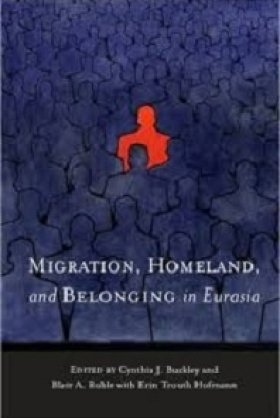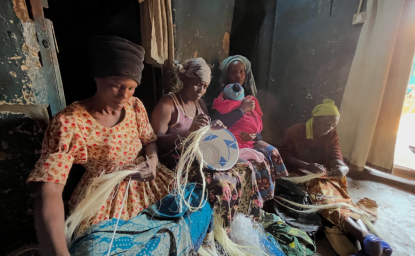Migration, Homeland, and Belonging in Eurasia


-
Migration, a force throughout the world, has special meanings in the former Soviet lands. Soviet successor countries, each with strong ethnic associations, have pushed some racial groups out and pulled others back home. Forcible relocations of the Stalin era were reversed, and areas previously closed for security reasons were opened to newcomers. These countries represent a fascinating mix of the motivations and achievements of migration in Russia and Central Asia. Migration, Homeland, and Belonging in Eurasia examines patterns of migration and sheds new light on government interests, migrant motivations, historical precedents, and community identities. The contributors come from a variety of disciplines: political science, sociology, history, and geography. Initial chapters offer overall assessments of contemporary migration debates in the region. Subsequent chapters feature individual case studies that highlight continuity and change in migration debates in imperial and Soviet periods. Several chapters treat specific topics in Central Eurasia and the Far East, such as the movement of ethnic Kazakhs from Mongolia to Kazakhstan and the continuing attractiveness to migrants of supposedly uneconomical cities in Siberia.
Cynthia Buckley is an associate professor of sociology at the University of Texas, Austin. Blair A. Ruble is the director of the Kennan Institute at the Woodrow Wilson Center. Erin Trouth Hofmann is currently a graduate student in the Department of Sociology at the University of Texas, Austin. Formerly, she was a program assistant with the Kennan Institute.
Editor
 Blair A. RubleDistinguished Fellow;Schedule interview
Blair A. RubleDistinguished Fellow;Schedule interview
Former Wilson Center Vice President for Programs (2014-2017); Director of the Comparative Urban Studies Program/Urban Sustainability Laboratory (1992-2017); Director of the Kennan Institute for Advanced Russian Studies (1989-2012) and Director of the Program on Global Sustainability and Resilience (2012-2014)Kennan Institute
After more than 50 years as a vital part of the Wilson Center legacy, the Kennan Institute has become an independent think tank. You can find the current website for the Kennan Institute at kennaninstitute.org. Please look for future announcements about partnership activities between the Wilson Center and the Kennan Institute at Wilson Center Press Room. The Kennan Institute is the premier US center for advanced research on Eurasia and the oldest and largest regional program at the Woodrow Wilson International Center for Scholars. The Kennan Institute is committed to improving American understanding of Russia, Ukraine, Central Asia, the South Caucasus, and the surrounding region through research and exchange. Read more
Browse Insights & AnalysisExplore More
Browse Insights & Analysis



